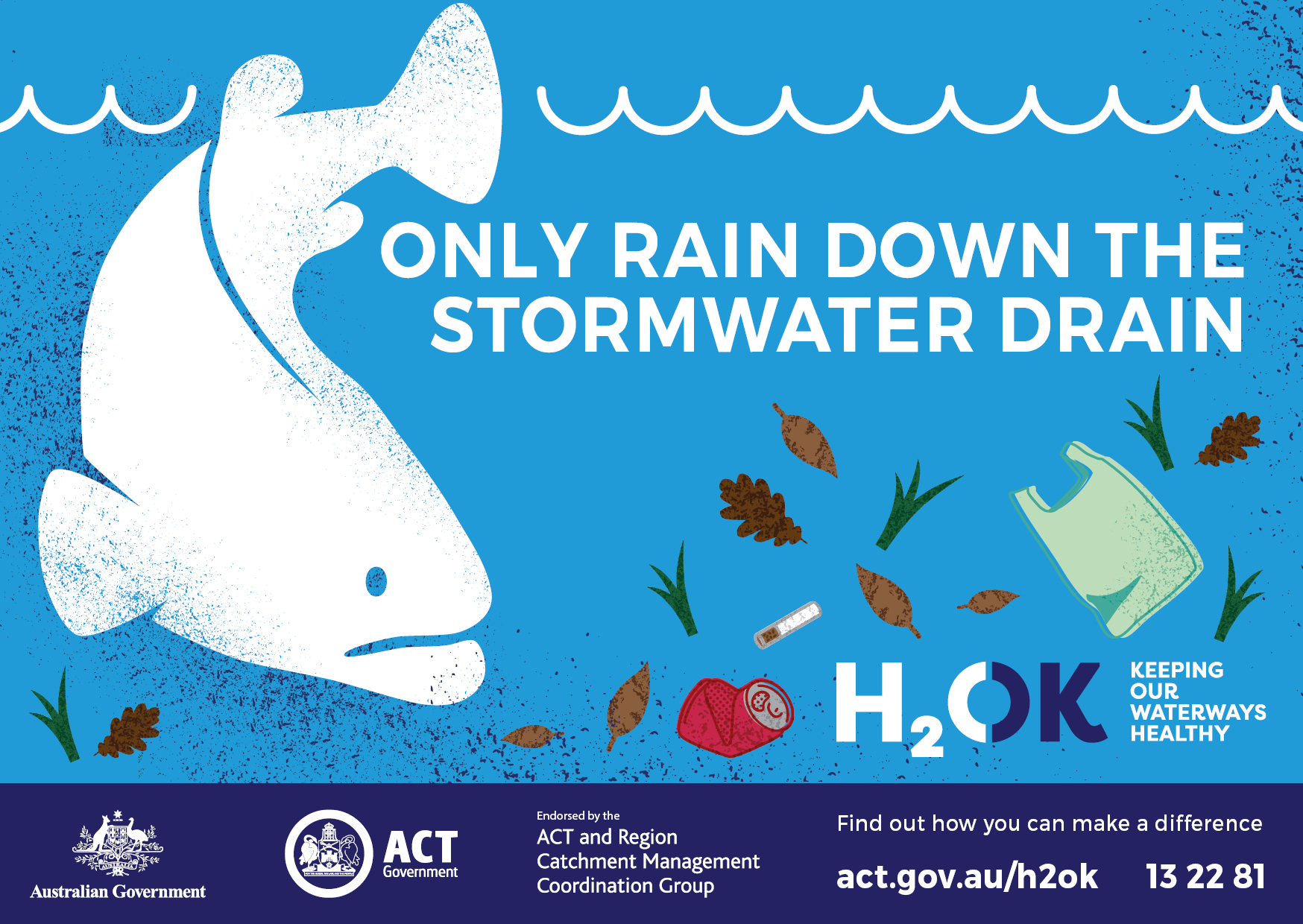Reducing the impacts of Sambar deer in the ACT's Ramsar site – the Ginini Flats Wetlands Complex
Sambar deer impacts to the sub-alpine bogs and fens of the ACT

The ACT contains a number of Sphagnum Bogs and Associated Fens, a Threatened Ecological Community in Australia.
Ginini Flats Wetland Complex in the Upper Cotter Catchment in Namadgi National Park, is the largest intact Sphagnum Bog and Fen community in the Australian Alps and is listed as a Ramsar Wetland of international importance. Ginini Flats is the northernmost limit of this community in Australia, provides important habitat for a diverse assemblage of flora and fauna, including the Nationally Threatened Northern Corroboree Frog and performs important ecological services such as the supply of high quality drinking water for Canberra.
In 2017 the Ginini Flats Wetland Complex Ramsar Site Management Plan was prepared, aiming to avoid or minimise the impact of threats to the wetland.
Sambar deer, an introduced species to Australia, present an emerging threat to the ACT as they are being observed in increasing numbers and beginning to pose a risk to alpine bogs and fens, including Ginini Flats. This habitat type is highly sensitive to impacts from invasive species, particularly disturbance caused by deer. Sambar have heavily impacted alpine areas in Victoria, particularly in wet areas such as bogs and fens, with impacts including browsing, grazing, antler rubbing, trampling, track creation and wallowing. The incursion of Sambar into the sub-alpine bogs and fens of the ACT is likely to lead to similar impacts which would be detrimental to these habitats and associated flora and fauna and heavily impact on the supply of water to Canberra.
Protecting Ginini Flats Wetlands from Sambar deer
Over the next five years, up to $600 000 in funding will be available to work with experts from across Australia to develop and implement a best-practice control trial for Sambar in the ACT, thereby protecting the Ginini Flats Ramsar site.
This project will have implications beyond the Ramsar site. Learnings from the project will guide management across the full mosaic of Alpine Sphagnum Bogs and Associated Fens in the Upper Cotter Catchment in the ACT. Future implementation of the control and monitoring plan will lead to improved condition of the EPBC Threatened Community of Alpine Sphagnum Bogs and Associated Fens.
Project partners
Under the Australian Government's National Landcare Program, the ACT Government will deliver this project jointly between ACT Natural Resource Management Programs, Parks and Conservation Service, Rural Services and Conservation Research.
For additional information, please phone ACT Rural Services and Natural Resource Protection on 02 6207 2135.
Improving the health of urban waterways – tackling toxic blue-green algae through community education and behaviour change

Research conducted under the ACT Healthy Waterways Program advised that the biggest cause of water pollution in our lakes and waterways is contaminated stormwater run-off from urban areas: our streets, house blocks, building sites, public open space and retail, commercial and industrial areas. The diffuse nature of this type of pollution means that community understanding and behaviour change are critical to reducing it. The ACT NRM team has taken carriage of the H2OK: Keeping our waterways healthy program, a community education and behaviour change effort that began as part of the ACT Healthy Waterways program.
Research from 2016 (657.8 KB) showed that there were significant gaps in the ACT community's understanding about what stormwater is, where it goes, what pollutes it and how that causes poor water quality in our waterways. We are working with the Southern ACT Catchment Group, Ginninderra Catchment Group and Molonglo Conservation Group —to address these knowledge gaps. We also provide information and educational resources on the H2OK website.
Education and awareness are critical to reducing the nutrient pollution that feeds blue-green algae but they are not enough on their own. Work is also needed to identify the most important behaviours that we need to change as a community, and then to reduce the barriers to doing so. We use the community-based social marketing framework to guide this process. This involves selecting focus behaviours based on the best knowledge available, then partnering with community stakeholders and target audiences to develop and test ideas to nurture change.

The Leaf Collective pilot program is an example of this process. It was co-designed and implemented by a community-government partnership with assistance and guidance from Griffith University.
For more information about improving the health of urban waterways, please contact us via the Access Canberra Contact Centre on 13 22 81 and ask for the catchment programs officer in ACT Natural Resource Management, or email actnrm@act.gov.au.
